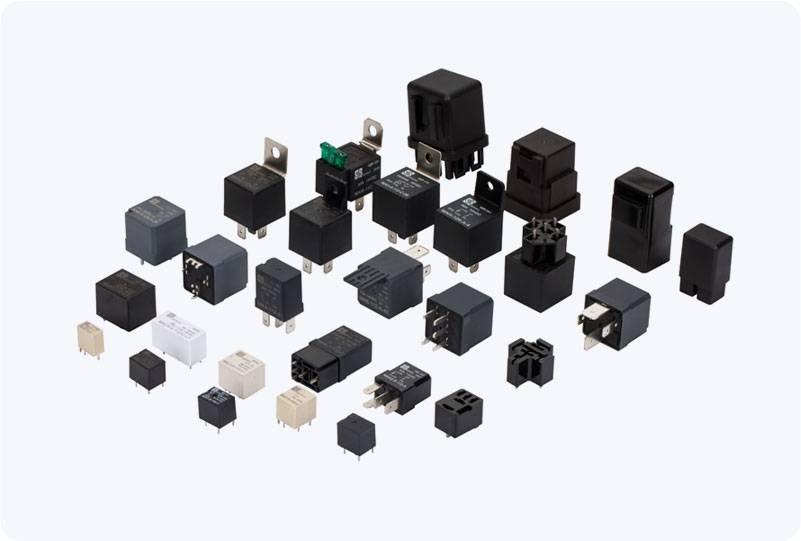understanding the importance of current overload relay in electrical protection
Release time:2025-06-13 07:52:54
A Current Overload Relay is an essential protective device used in electrical systems to safeguard machinery, particularly electric motors, from damage due to excessive current flow. Overloading is a common cause of equipment failure, and without proper protection, it can lead to costly repairs or even the complete breakdown of vital components. The current overload relay is designed to sense abnormal currents and interrupt power to the system to prevent further damage. In this article, we will delve deeper into the functionality, types, and benefits of current overload relays, and how they play a crucial role in ensuring the safety and longevity of electrical systems.

The Function of Current Overload Relay
At its core, a current overload relay is designed to monitor the current flowing through a circuit. It is typically used in applications where motors are involved, such as HVAC systems, pumps, compressors, and industrial machines. These devices ensure that the electrical circuit operates within safe limits, helping to prevent overheating and preventing damage to electrical components from prolonged excessive current.
When a motor or machine is overloaded, the current flowing through the circuit exceeds its rated value. This can occur when the load on the motor is too heavy, or when there is a fault in the system. If the motor continues to run under these conditions, it may overheat, which can lead to insulation breakdown, damage to the windings, or even the complete failure of the motor.

